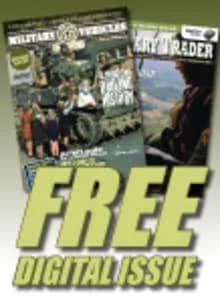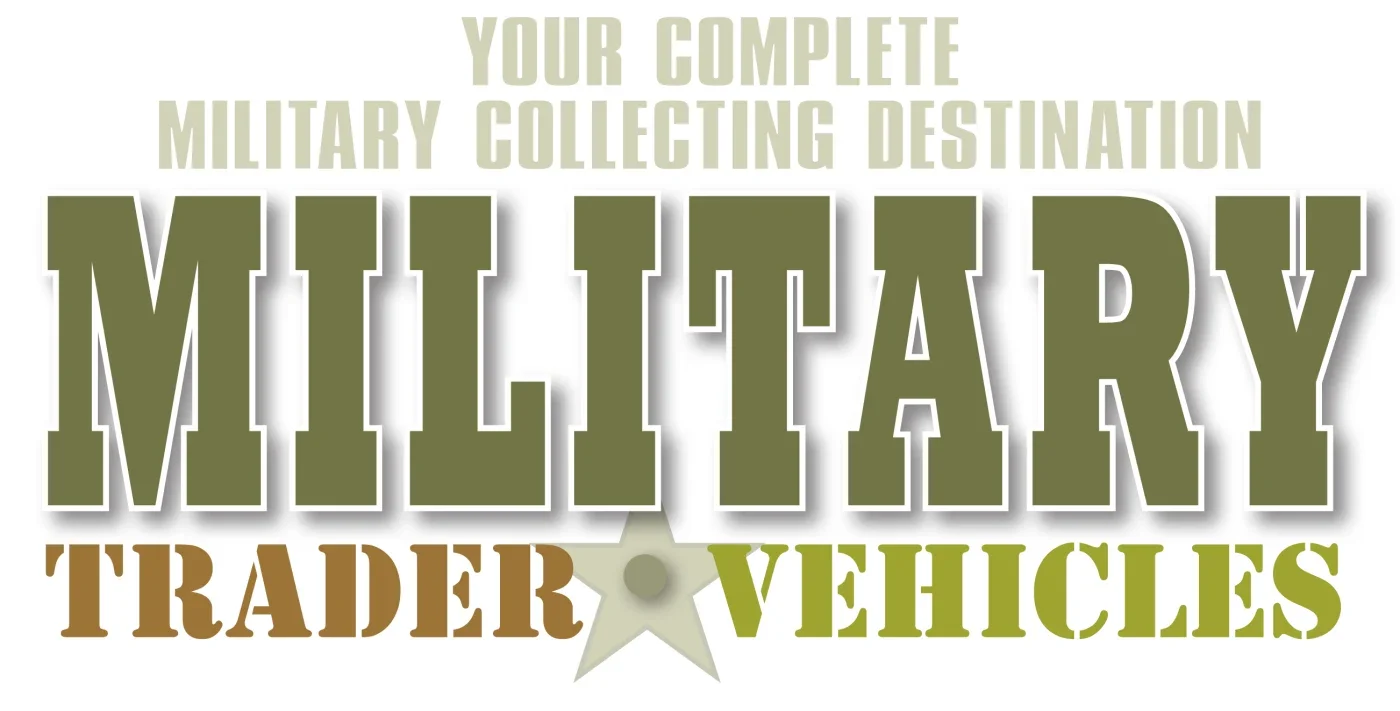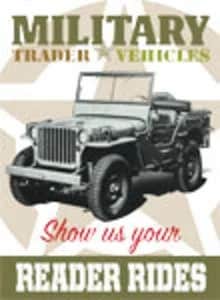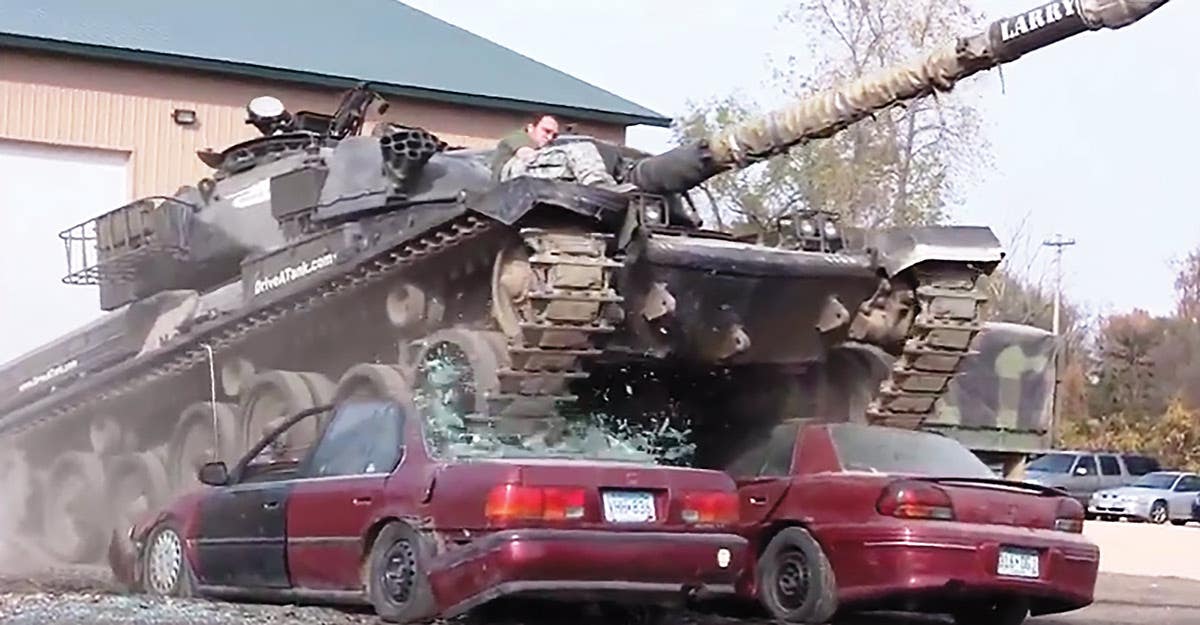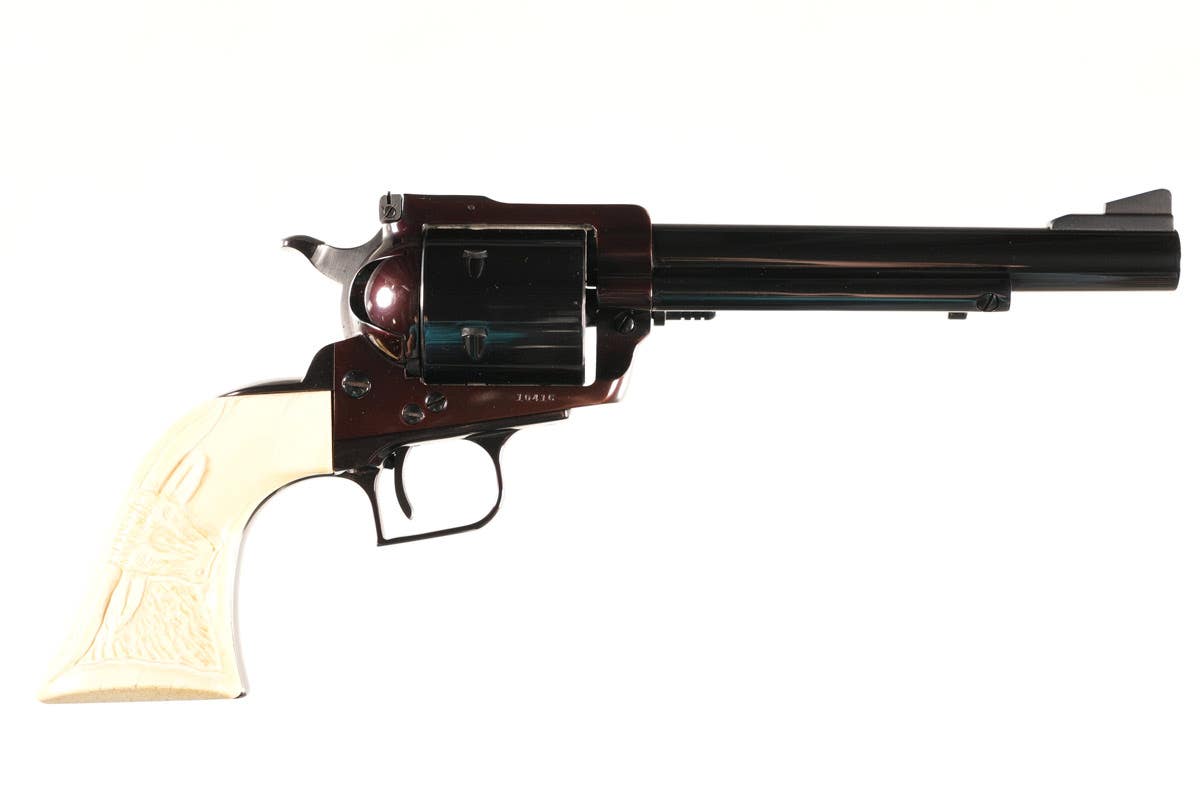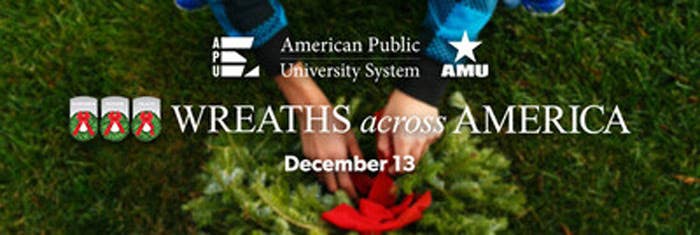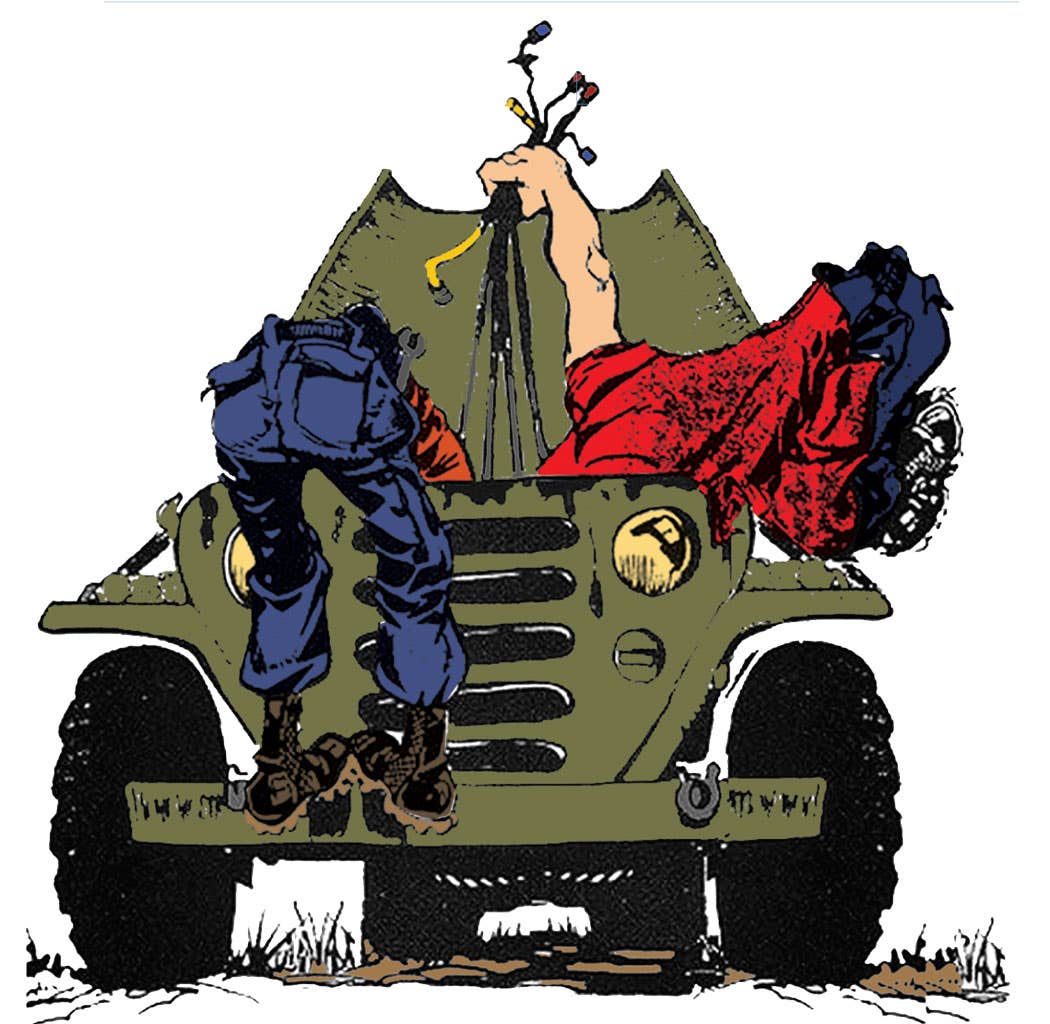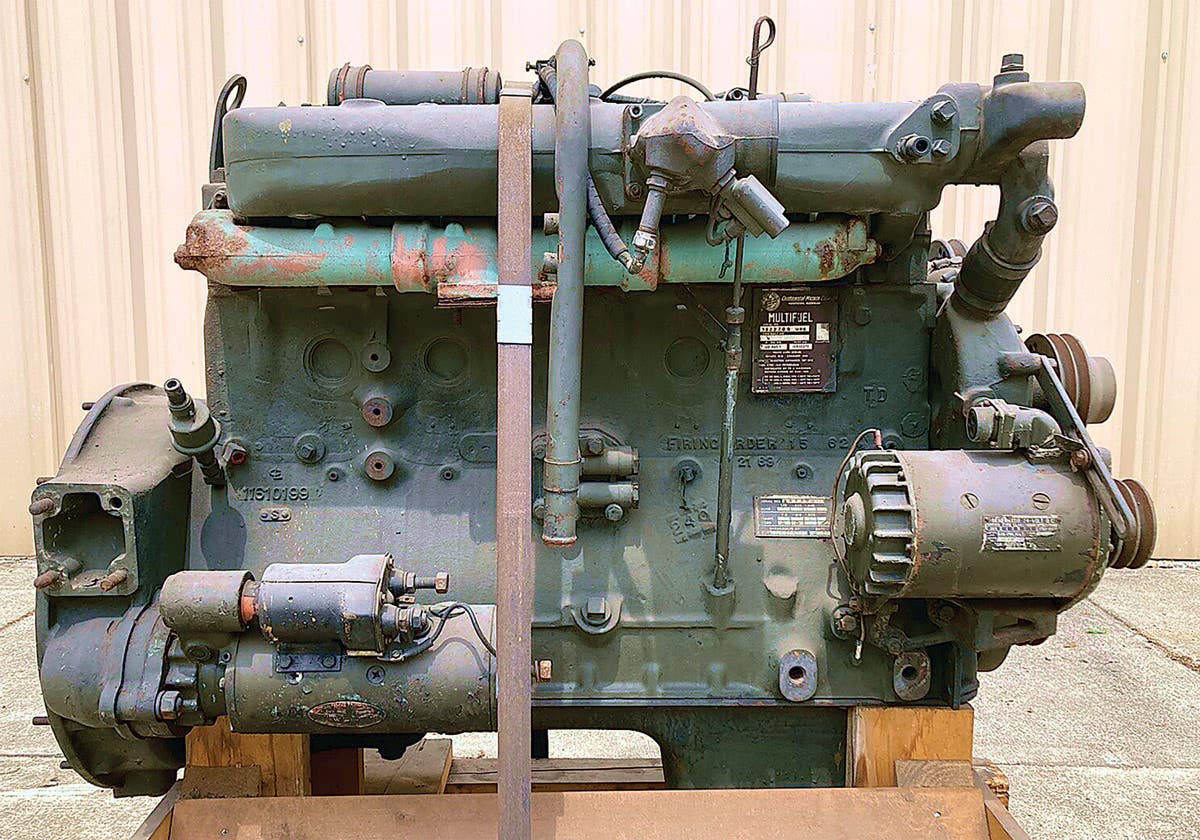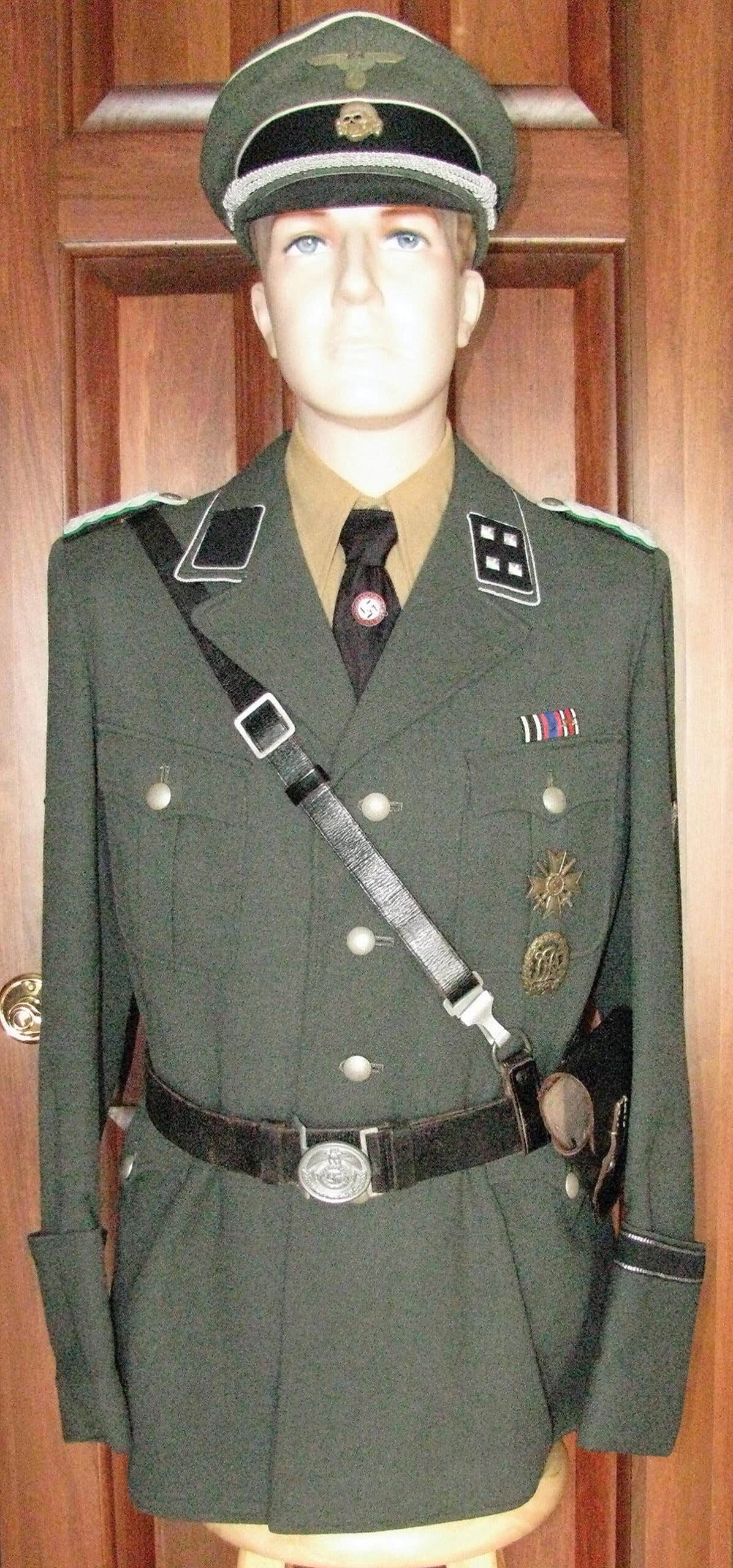Dad was a Grim Reaper: These are his WWII Recollections and Photos
PFC Louis Sigrist recalls the 1941 Maneuvers while serving with the 3rd Attack Group — “The Grim Reapers” of WW2
by Mark Sigrist / photos by Louis Sigrist
A few years ago, I stumbled across a packet of black and white photographs that my dad said were from the “1941 Maneuvers.” My dad, Sergeant Louis Sigrist, was a WWII veteran of the U.S. Army Air Corps who shipped out for the Southwest Pacific in January 1942.
He never spoke much about his service no matter how often I asked. He would only say that some of it was, “pretty rough.” Then, a few years before his passing, I was able to pry out some information.
He entered the Army in the winter of 1941 and did not return home until late 1944. He did his training at Camp (now Fort) Lee, Virginia, tentatively as an ambulance driver (a farm kid that knew how to drive) and subsequently, as a medic. He was assigned to the 3rd Attack/Bomb Group, “The Grim Reapers,” a storied Army Air Corps unit, stationed at Barksdale Field, Louisiana.
GHQ MANEUVERS OF 1941
Prior to the attack on Pearl Harbor, the U.S. Regular Army consisted of 190,000 soldiers and 200,000 National Guardsmen. Following the attack, however,Army Chief of Staff Gen. George C. Marshall and President Franklin D. Roosevelt had managed to recruit and draft an active force of 1.4 million soldiers
To prepare to face an enemy in Europe, the Army’s top trainer, Lt. Gen. Lesley J. McNair, ordered a modern workup plan. Large units were sent to “General Headquarters Maneuvers” in Louisiana and the Carolinas where they tested new combined arms doctrine. About 472,000 soldiers participated in the Louisiana training exercises that occurred across thousands of square miles.
Air units also went through changes. Ground units wanted dive bombers that could conduct operations in close proximity to their own forces. They had seen how the Luftwaffe supported its ground troops in Poland and France. They wanted the same support.
The Army Air Forces responded to these requests by buying dive bombers developed by the Navy. They began to practice how to accurately target ground units.
The 3rd Group participated in these large-scale maneuvers, traveling all through the south east that included a stop at Pope Field (now a joint air base with the Army at Fort Bragg, North Carolina) and on to their new station at Savannah, Georgia, arriving on October 11, 1941. There, the Group took possession of A-24 Dauntless dive bombers and A-20 Havoc attack planes.
The U.S. Army GHQ Maneuvers of 1941 became the largest military training exercises ever conducted by a military organization. The maneuvers influenced the development of the American force structure of WWII, giving Army formations experience in teamwork and combined arms.
As I sorted through the photos, Dad would explain some, but could not remember specifics about most of the photos. His recollections are included in the captions. Our knowledgeable readers may recognize the specifics of equipment or locations.
TALKS WITH DAD
*As I left for Basic Training, Dad told me that I should do my best, don’t volunteer, never drink excessively, never loan or borrow money, and don’t gamble. I never seemed to have time for any of that, but he reinforced those “rules” to me when I shipped off to Vietnam in 1969.
*As he looked at the photos, Dad mentioned a story that seemed to speak to the above rules. In New Guinea, a squadron mate and gunner on a B-25 who was infamous for drinking, gambling, and loaning large amounts of money at high interest rates, was killed by machine gun fire during a mission. No enemy aircraft were seen by anyone and ground fire was not encountered. No charges were ever made nor were his loans ever collected.
*One other thing Dad said before I headed overseas was to be careful, that there are no “rear areas.” (I found out he was right about that, too!) Being a medic, he was supposed to be unarmed, but he managed to secure a carbine. When they went forward to Port Moresby, the island was far from secure and they faced occasional nightly rifle fire around the airfield and frequent aerial bombardment.
*While the 3rd Group was stationed at Savannah, half of the unit was sent on Christmas leave for 14 days on December 1, 1941. The other half was scheduled for 14 days leave beginning on December 17.
My dad had thought he was lucky to be in the second group. He would be home for Christmas Day. When the unit recall went out on December 7, many did not return until scheduled, explaining that they did not get the word (no phones and poor telegraph service). Dad said he would have not come back either, but that was the luck of the draw! He never got home on leave until Christmas of 1944.
*The 3rd Group departed Savannah in January 1942, by train and boarded ship on the West Coast. After arrival in March 1942 at Charters Towers, Australia, they appropriated a number of B-25 Mitchell bombers. By April 1, they were in combat.
Dad remembered being told aboard ship that they were the “relief for the Philippines” although I have been unable to find anywhere, that, other than promises, there was any intent for relief.
He remembers seeing a torpedo passing near his transport, and a couple days steaming in circles before heading for Australia. After those experiences, he would never get near water over ankle deep nor eat mutton.
*In May 1941, the Group moved to forward positions at Port Moresby, New Guinea. General George C. Kenney, Commanding General, Far East Air Forces for General MacArthur called the 3rd Group his favorite unit. A famous member of their Group, Lt. Col. Paul “Pappy” Gunn developed the concept of attaching multiple forward firing .50 cal machine guns in the nose and on the fuselage and wings of the B-25s (later adopted service-wide), and the method of low level “skip bombing.” Both innovations resulted in huge combat successes.
*The 3rd Group salvaged a C-47, the Fat Cat, and used it for runs to Australia from New Guinea for “critical parts.”Frequently, “extra crew hands” went along. Once, my dad went. On the way back, they encountered the edges of a typhoon. They were tossed about the sky, and the aircraft leaked water like a sieve. When they finally cleared the storm and could see, they found the plane cruising just above the waves. After the service, Dad refused to get near airplanes his entire life.
*I remember an incident in the late 1950’s, a neighboring farm wife was bemoaning the fact that she needed to have an injection of medicine every day for a week and did not want to travel to the Doctor to have it done. My dad — in his gruff manner — volunteered to do it. Later, he told me how he gave thousands of injections while in the service. He remembered long lines of GIs forming up for inoculations. He used the same needle, over and over, without ever sanitizing between injections.
*In the 1960s, the local volunteer fire department organized a “rescue squad.” Over the years, it evolved into a well-run, highly regarded first responder /ambulance / EMT unit. My Dad declined to be a part of the unit, although he did support the squad financially. This, too, was a result of his Air Corps service.
In New Guinea, Dad and his best friend in the service, Eddie Kisak, were involved in downed aircraft personnel rescue and recovery. One spectacular instance earned both of them the award of the Soldier’s Medal.
*So, you ask, why is all this verbiage included in a Military Vehicles Magazine? We cannot separate veterans from the veteran vehicles that are so dear to us. We should celebrate and remember our veteran friends, relatives, and predecessors — they are the reasons we have our vehicles. The two are inseparable.
*I am, of course, very proud of my dad. He, however, would only respond with, “I just did my job."
You may also enjoy
*As an Amazon Associate, Military Trader / Military Vehicles earns from qualifying purchases.
Mark Sigrist was a US Army Vietnam Veteran and a retired USDA Forest Service Forester and Wildland Firefighter. He was a historic military convoy enthusiast who lived his dream in north central Idaho, sharing the land with abundant wildlife and very few neighbors. Unfortunately, our dear friend Mark passed away on 2 August 2020, after a courageous battle against cancer.
